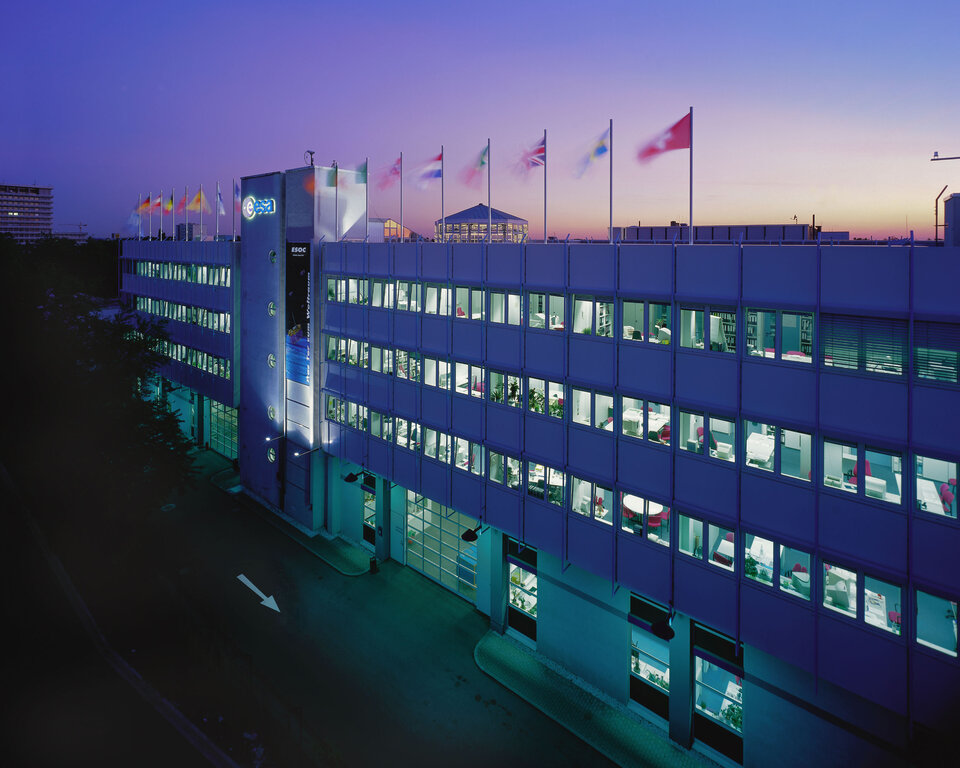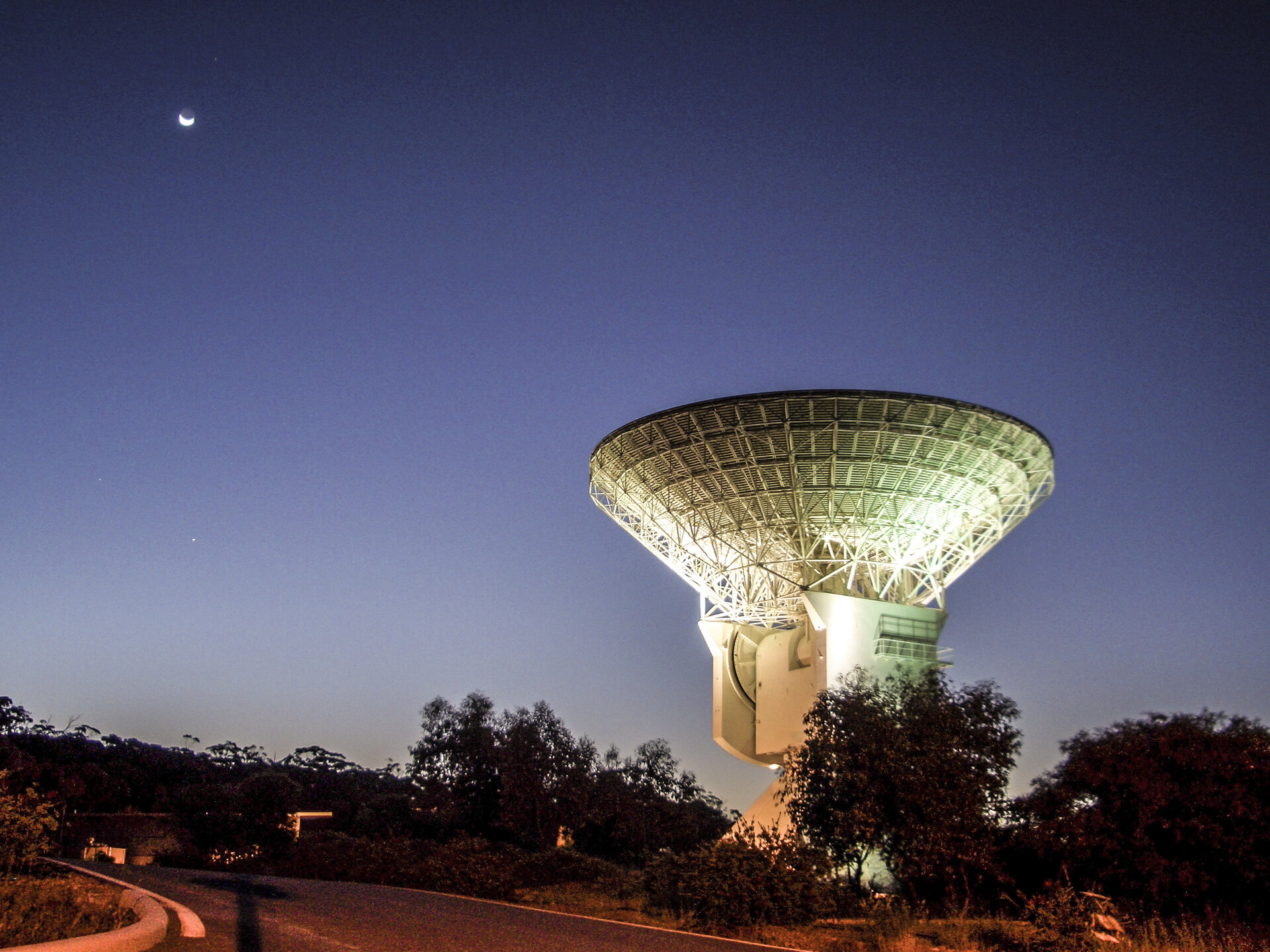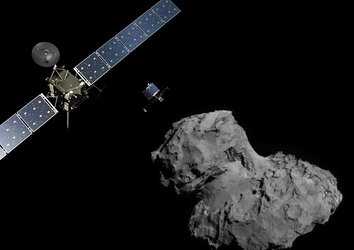The Rosetta ground segment
A ‘ground segment’ is the system set up on Earth to manage and control a space mission, and to receive and process the data produced by a spacecraft’s instruments, and to send out and archive any generated products.
The Rosetta ground segment was designed to meet both the scientific objectives and the challenges imposed by a deep-space mission. These challenges included long turnaround times for signals (up to 100 minutes), low bit rates for data (8 bps), low power (hibernation for two years), and the requirement for particular positions of planets (Rosetta made use of gravity-assist manoeuvres with Mars and Earth). In addition the teams had to manage the long mission duration in terms keeping expertise and experience, while minimising the overall cost.

The Rosetta spacecraft was launched on an Ariane 5 launch vehicle from Kourou, French Guiana. After launch, the Rosetta mission was controlled from a single control centre, the Rosetta Mission Operations Centre (RMOC) at ESOC, in Darmstadt, Germany, in conjunction with the ESA deep space ground station at New Norcia.
New Norcia is ESA’s first deep space ground station, located near Perth, Western Australia. The 35-metre antenna was used to maintain communications with the spacecraft at distances of up to 900 million kilometres away from Earth.
Throughout all mission phases, the RMOC was the primary interface with the spacecraft through the ground stations. It was responsible for monitoring and control of the complete mission. During critical mission phases (launch, planet fly-bys, and so on) it was supported for tracking, telemetry and command by the ESA ground station located at Kourou and the NASA Deep Space Network (DSN) stations at Madrid, Spain, and Goldstone, USA.

A mission duration is defined as the period from launch to the ‘end of mission’, when ground contact to the spacecraft and its payload is ended. For Rosetta’s mission duration, ESA provided facilities and services to the scientific community for planning and executing the gathering of scientific data. This included generating and providing complete raw-data sets and other data to the Principal Investigators and the Rosetta Lander Ground Segment.
The Rosetta Science Operations Centre (RSOC) supported scientific mission planning and the planning of commands for experiments for submitting to RMOC. RSOC will make pre-processed scientific data and the scientific data archive available to the scientific community.
A Rosetta Lander Ground Segment (RLGS) supported operations of the lander, in particular before and after completion of the landing and relay phase. These were co-ordinated through the German Aerospace Research Centre (DLR) in Cologne, Germany, and the scientific control centre of CNES, the French space agency, in Toulouse, France.







